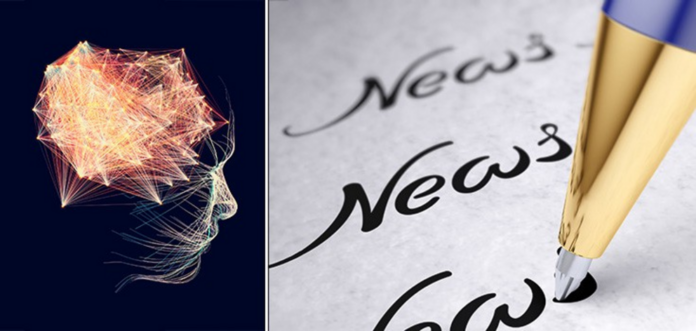Does cursive writing boost brain development and make us smarter?
Despite the rapid pace of the digital age, it’s still too soon to toss the paper and pen. Actually, you may never want to stop writing for good as long as you want to further develop your brain.
In an age of keyboards and touch-screens, some might argue that teaching cursive is a vestigial nicety in today’s classrooms. Even handwriting, much less cursive writing, is neglected in the national curriculum guidelines supported by 45 states at the end of 2012.
Many educators and scientists, however, are railing against the trend.
“It might be fine,” says Indiana University psychology professor Karin James, referring to the option of not teaching handwriting in school, “but we don’t know that. And the research is pointing to that it might not be fine; you might be setting up a child’s brain to interpret letters and words in a very different way.”
James herself conducted an experiment in 2011 in which she scanned the brains of four- and five-year olds before and after half of them had been taught to visually recognize chosen letters and the other half had been taught to write them. After four weeks, brain scans showed that the minds in the second group had enormous spikes in activity in the reading network.
“Typing seems to be different than handwriting. You’re actually creating those forms with your hands. That seems to be making a difference.”
Kathleen Wright, a textbook publisher, said:
“It sounds old-fashioned. When you put forth the argument that you lose connection with the past. But then there’s also that scientific aspect of it. We don’t know what’s going to happen later on if you don’t teach children how to write on paper or how to write cursive.”
Results were similar in a Japanese study at Chiba University by M. Naka, who found that first, third, and fifth grade Japanese children better learned pseudo logographic characters and foreign letters better by writing than by looking only.
But What Makes Writing So Different from Typing?
The answer is fairly simple: it takes more brain power. Writing combines three brain processes and more strenuously exercises the brain.
- Visual: Seeing the writing.
- Motor: Using fine motor skills to move the pen or pencil against the paper to produce letters, characters, words, and sentences.
- Cognitive/perceptive: Drawing on memory to reproduce letters and form new ones.
Cursive Writing Uniquely Helps Brain Development
The results mentioned above are not surprising, as certain physical activities naturally spark various areas of the brain But they still point to the benefits of handwriting that are missing from typing skills alone.
Take, for example, the research of Virginia Berninger, an educational psychology professor at the University of Washington.
Berninger claims that because handwriting necessitates physical sequential strokes to form just one letter (as opposed to a single strike in hitting a single key), massive regions in the brain are activated, including areas of thinking, language, and temporary information storage and management.
In one of her studies, she demonstrates that children in grades two, four, and six were able to write more words faster and express more ideas when writing essays by hand rather than the keyboard.
What’s more, writing in general helps build important neural pathways in the brain, helping you to better remember whatever you were recording. This is not the case with typing.
Toronto psychiatrist and neuroplasticity expert Dr. Norman Doidge notes how cursive writing is unique in that, unlike with print handwriting and typing, each letter connects uniquely to the next.
This is “more demanding on the part of the brain that converts symbol sequences into motor movements in the hand.” Gordon further ties cursive to emotional circuitry according to Dr. Jason Barton’s research at the University of British Columbia.
“His studies…show that while the left visual word form area perceives and decodes words for their meaning in written language, the right side is where we interpret the style of writing, allowing us to identify the writer rather than the word, just as neighboring areas in the right brain play a key role in allowing us to recognize faces. … It activates a memory trace…and fans out, setting off other sensory memories.”
There is even a case for teaching cursive in the classroom before teaching print handwriting. As younger children yet unable to control their fingers in finer movements, cursive—a fluid style of writing compared to the hiccups in print—can act as a building block rather than a stressor in the educational process.
Aggressive teaching tactics can, indeed, cause children to develop low self-esteem and even stunt their emotional and academic growth.
Not all values in the past are relevant to modern living. Not all new things are threats to old values. A happy marriage of the two—both cursive writing and print handwriting and typing lessons in the classroom—might produce the healthiest outcome for today’s and future generations.

